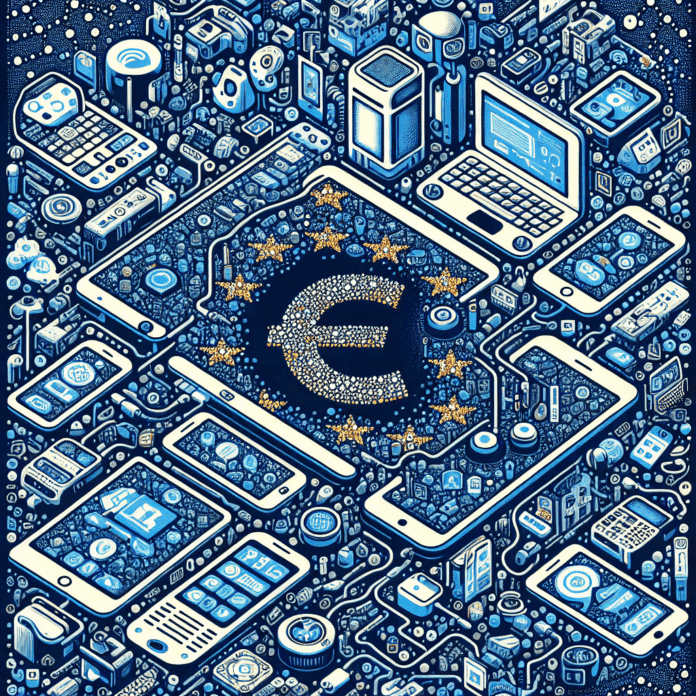In 2024, the use of internet-connected devices reached a significant 70.9% of the population in the European Union, evidencing the growing penetration of the Internet of Things (IoT) in daily life. This phenomenon has transformed thousands of European households into smarter and more connected spaces.
The Netherlands leads this trend with an impressive 94.8% of users adopting connected devices. Behind them, Ireland records 90.6% and Denmark 87.0%. By contrast, Eastern Europe shows lower figures, such as in Poland with 46.1%, Bulgaria with 50.8%, and Romania with 56.6%.
Among the variety of devices, smart TVs predominate, used by 57.9% of citizens. Wearable devices, such as smartwatches and fitness trackers, have gained popularity, reaching 29.9%. In addition, 19.5% of respondents use video game consoles and 19.3% use connected audio systems. Meanwhile, virtual assistants with smart speakers have a usage of 16.0%.
As for home automation, the popularity of energy management systems and smart appliances is lower. Only 14.2% of the population uses any energy management system, 12.8% own appliances, and 11.8% have internet-connected security devices. Additionally, 10.5% use cars with built-in connectivity. IoT-related health devices are at 7.9%, and connected toys are only at 2.3%.
These data not only reflect a surge in the interconnection of devices, but also significant disparities in the adoption of technology across the different regions of Europe, raising challenges for the future of innovation and connectivity on the continent.



